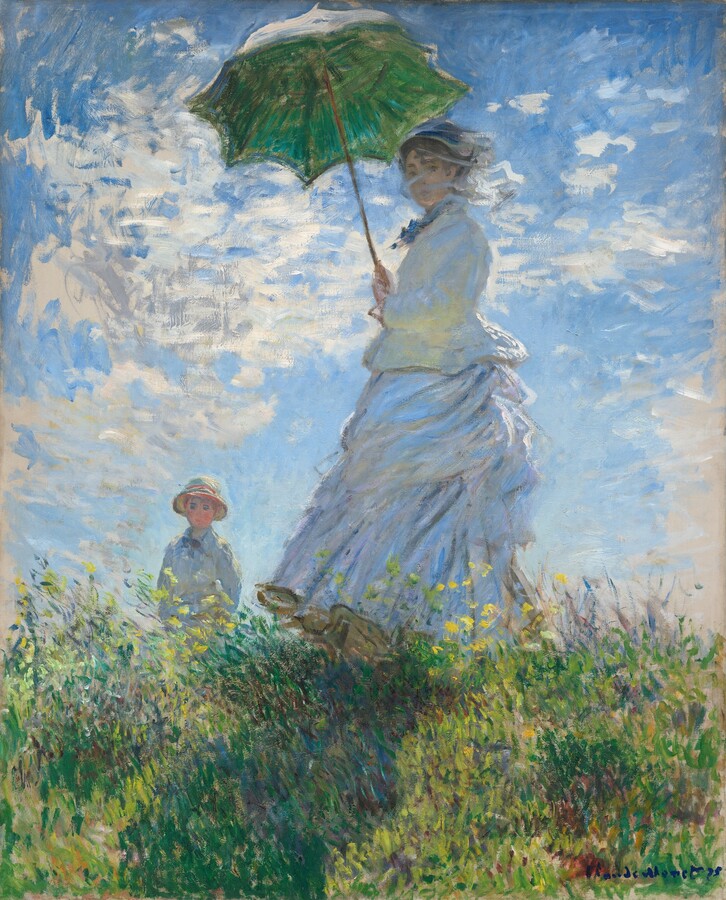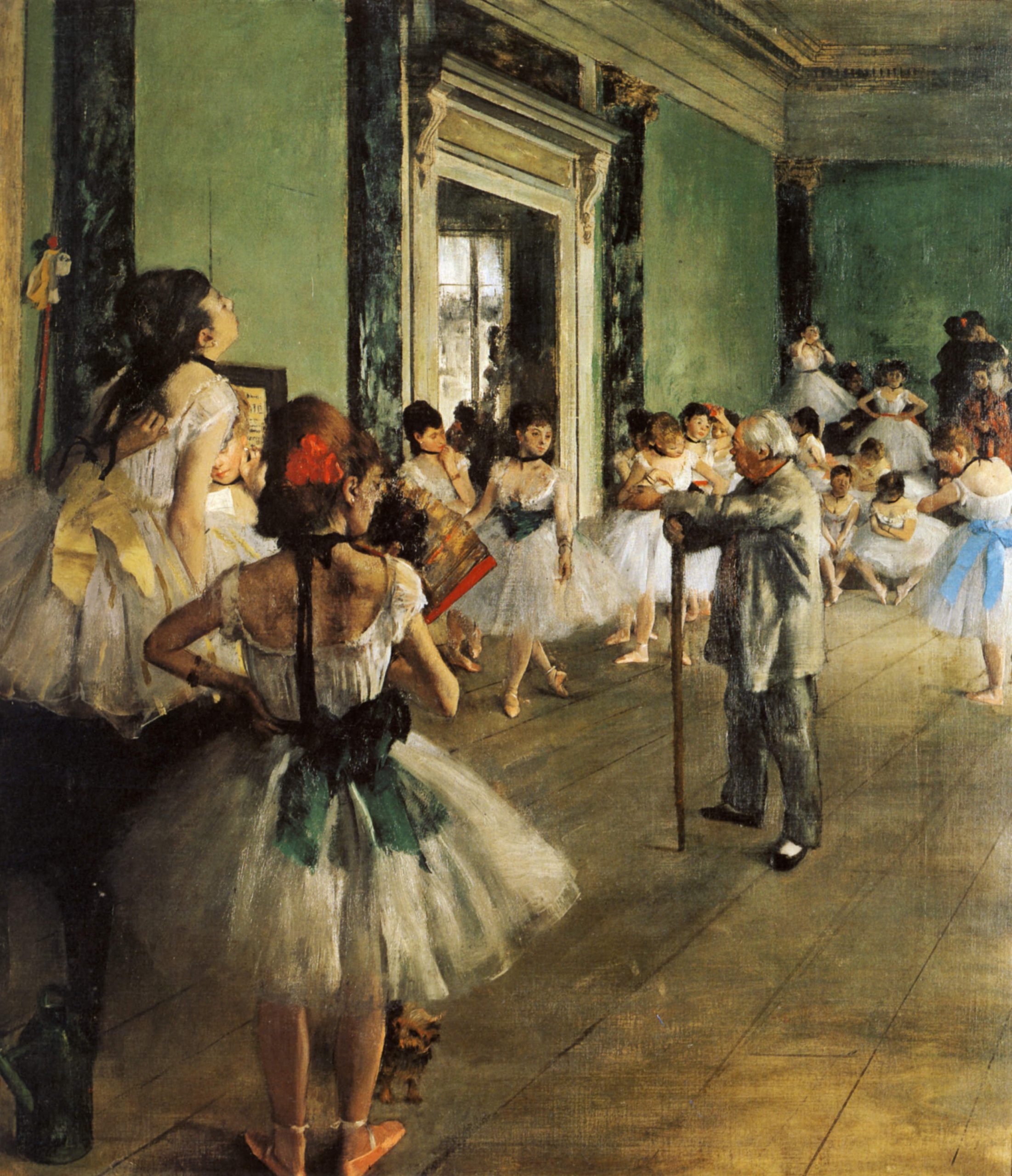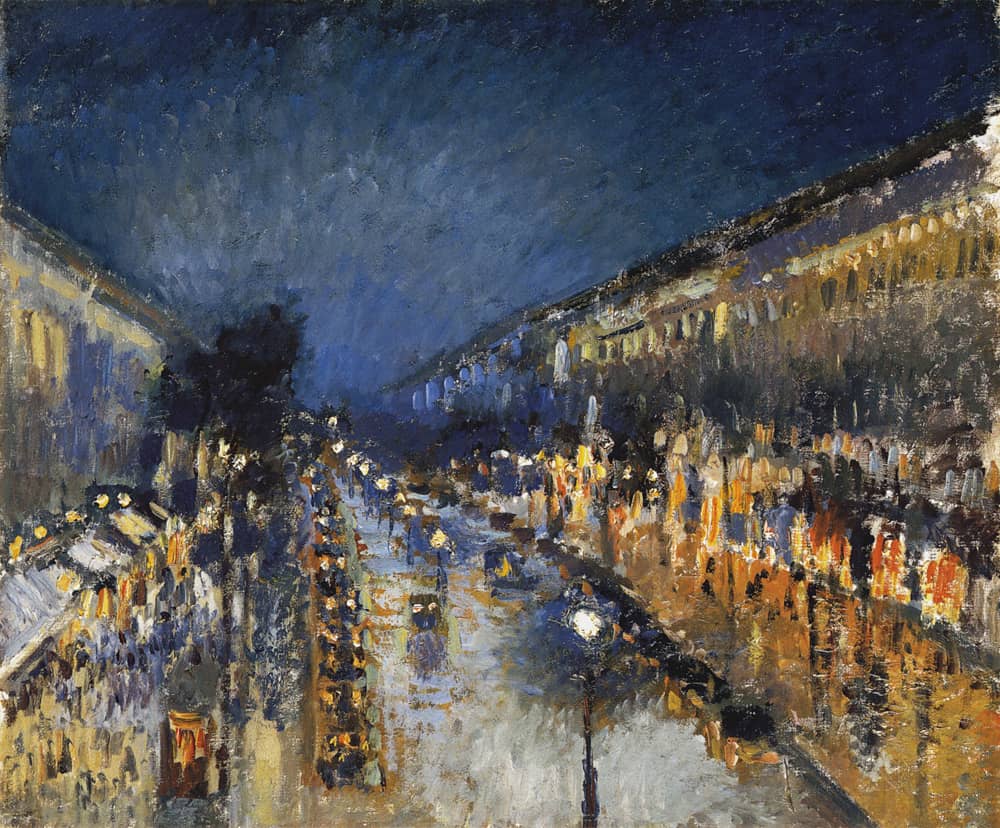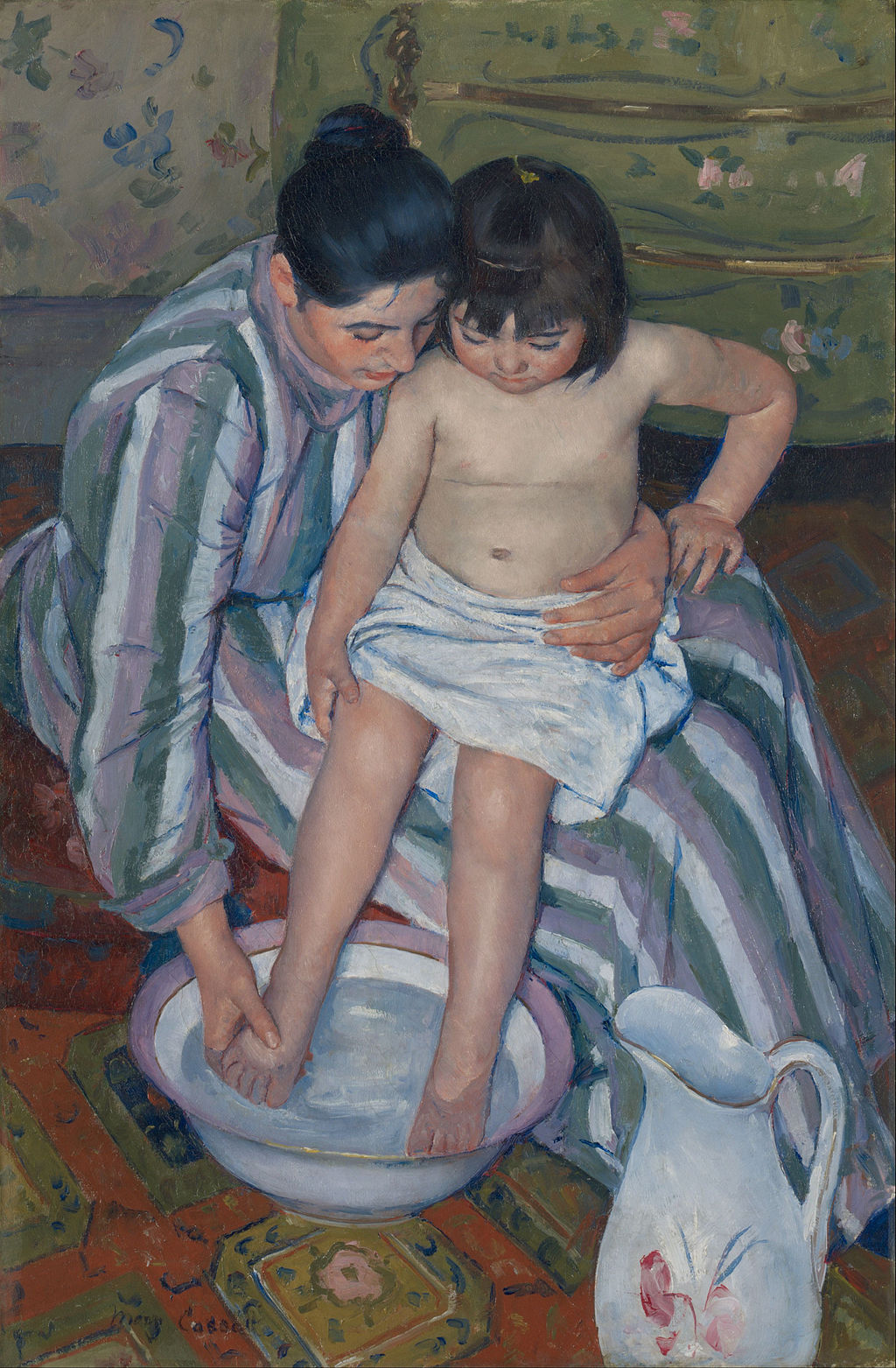Impressionist paintings, with their distinctive style and fresh approach, transformed the art world in the late 19th century. These works broke away from the rigid rules of academic art, capturing the beauty of ordinary life, light, and movement. Today, Impressionism remains one of the most beloved and recognisable art movements. But how can you tell if a painting is Impressionist? Here’s a beginner-friendly guide to identifying Impressionist works.
Step 1: Look for Loose, Visible Brushstrokes
One of the hallmarks of Impressionism is its emphasis on visible brushstrokes. Unlike the highly polished surfaces of traditional academic painting, Impressionist works often feature loose, short strokes that create a sense of spontaneity and vibrancy. Artists weren’t concerned with fine detail but aimed to capture the essence of a moment.
Claude Monet’s Woman with a Parasol (1875) showcases his characteristic brushwork. The strokes are quick and suggestive, perfectly conveying the breezy atmosphere of a summer’s day.

Step 2: Observe How Light and Colour Are Used
Impressionists were fascinated by light and its effects on colour. They often painted outdoors (en plein air) to capture the changing qualities of natural light. Instead of using black to create shadows, they employed complementary colours, making their works appear luminous and alive.
Pierre-Auguste Renoir’s Luncheon of the Boating Party (1881) demonstrates the Impressionist love for light and colour. Notice how sunlight filters through the scene, creating warm tones and dynamic reflections.

Step 3: Check for Everyday Subjects
Impressionists rejected grand historical or mythological themes in favour of everyday life. They depicted scenes from modern urban settings, landscapes, leisure activities, and ordinary people. Their choice of subject matter reflected the social changes of the time, particularly the growing middle class.
Edgar Degas’s The Dance Class (1874) captures a candid moment in a ballet rehearsal. Degas focused on the movement and posture of dancers, presenting an intimate glimpse into their world.

Step 4: Look for a Sense of Movement
Impressionist paintings often convey movement and spontaneity, capturing fleeting moments as they happen. Whether it’s a gust of wind, rippling water, or a bustling crowd, Impressionist works aim to evoke the energy and dynamism of life.
Camille Pissarro’s Boulevard Montmartre at Night (1897) illustrates the hustle and bustle of a Parisian street. The dabs of paint create a sense of movement in the glowing streetlights and passing carriages.

Step 5: Examine the Composition
Impressionist compositions are often unconventional, influenced by photography and Japanese prints. They feature cropped views, asymmetrical arrangements, and unusual perspectives that draw the viewer into the scene.
Mary Cassatt’s The Child’s Bath (1893) uses an overhead perspective, creating an intimate and tender moment. The flattened composition and attention to detail reflect the influence of Japanese art on Impressionism.

Why Is Impressionism Important?
- Revolutionary Approach: Impressionism broke away from academic traditions, encouraging freedom and creativity.
- Foundation for Modern Art: The movement paved the way for later styles, including Post-Impressionism, Fauvism, and Abstract Art.
- Celebration of Ordinary Life: Impressionists found beauty in everyday moments, making art more relatable and accessible.
Further Reading
- The National Gallery – What Is Impressionism?
- The Met – Impressionism
- Khan Academy – Impressionist Painting
- Tate – Impressionism Art Movement
Impressionist paintings continue to captivate audiences with their vibrant colours, dynamic compositions, and timeless charm. By understanding the techniques and characteristics of this movement, you can appreciate the beauty and innovation that define Impressionism. For budding artists, studying Impressionist works is an invitation to experiment, capture the moment, and find inspiration in the everyday.
If you would like to receive a roundup of all of our blog posts once a week to keep you inspired in your inbox, why not sign up to our newsletter. You can access our sign up at the top of our page. If you are a London Art College student and you would like your artwork featured here, drop us a line at any time.

